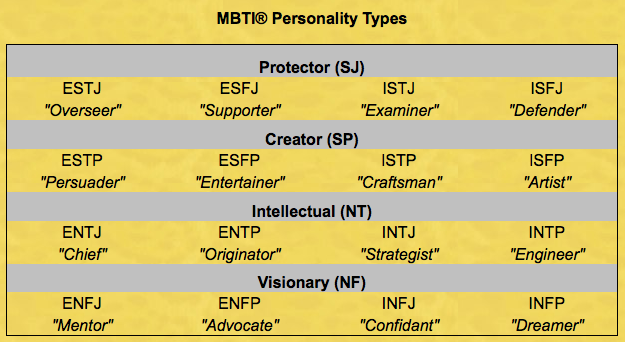If the shoe fits
Have you ever worn a shoe that doesn’t fit just right? Sometimes, when you first try it on, it appears to fit just fine. As more time goes on though, you notice that it is pinching here and there, creating callouses as you walk, and just doesn’t feel right. In this particular situation, would you try to correct your foot so that it fit the shoe, or would you go searching for a new shoe that didn’t pinch so much and better matched your stride?
This pinch—where reality and you as a person are at odds—can be felt in many areas in life. From relationships to career choices, it can be easy to identify when the ‘shoe’ doesn’t fit. The question is: what do you do about it? More often than not, it is not you that needs to change, but rather your situation. It might simply be time for a new shoe.
Finding the right shoe
A study done in May 2013 by the Bank of Montreal revealed that personality traits outranked both credentials and education for many employers who were looking to hire, with 30% of respondents ranking personality as the most important factor, even over skill and work experience. More and more employers are focusing on personality because while skills can be taught, personality is harder to change.
But it’s not just about employers. Prospective employees will find more success in the job hunt—and find a job better suited to their strengths—when they take time to find out who they are and what that means in terms of finding a career that fits them.
Many of you have most likely heard about Myers-Briggs Type Indicator® (MBTI) personality assessments, in which you answer questions about your preferences and how you make decisions. The assessment uses your answers to these yes-or-no questions to group you as one of 16 personality types, defined by four elements:
- Extrovert or Introvert (E or I): Do you focus on the outer world (E) or inner world (I)?
- Sensing or Intuition (S or N): Do you focus on concrete information (S) or do you prefer to interpret and add meaning (I)?
- Thinking or Feeling (T or F): When making decisions, do you first look to logic (T) or to people and their needs (F)?
- Judging or Perceiving (J or P): Do you prefer to have a set plan (J) or to keep things open and flexible as new information comes in (P)?
The MBTI assessment puts these elements together to define 16 distinct personality types:
What is fascinating about knowing your personality type is the ability to know what career might best suit you based on your innate characteristics. For example, ENTJs have personality types that are very compatible with the careers of a lawyer or corporate executive, while an ISTP may find more satisfaction as an engineer or police officer.
The bottom line is: if the shoe doesn’t fit, don’t change the foot—change the shoe! Ask yourself why it doesn’t fit, and what needs to change in your environment so that you can run towards your goals.
Co-authored by Kristen Medina


